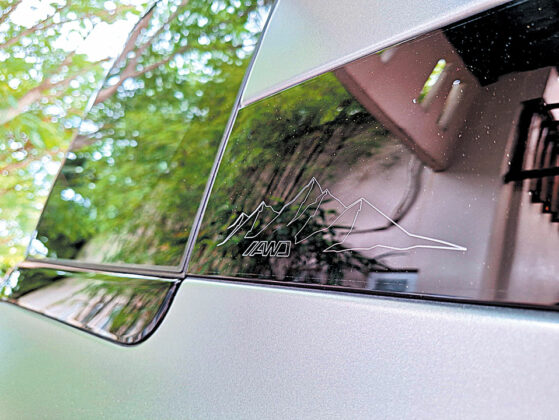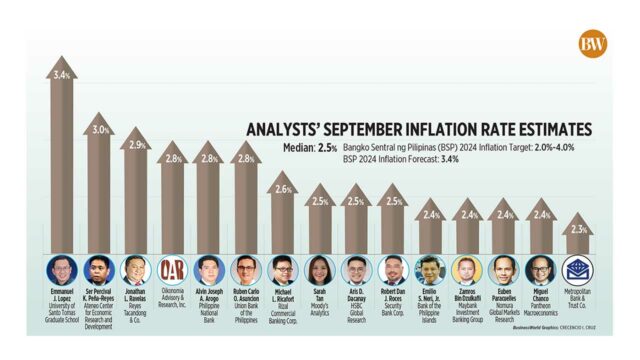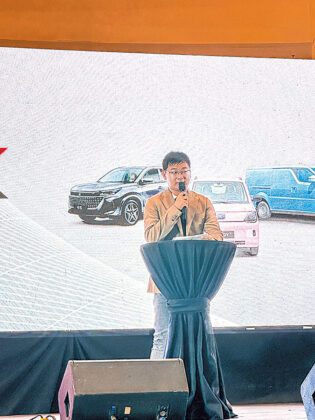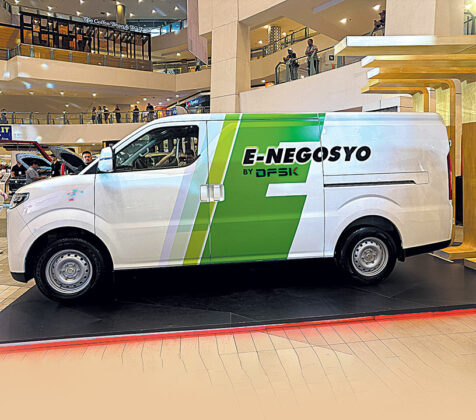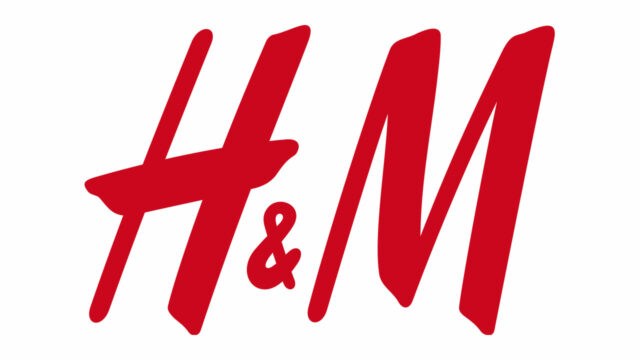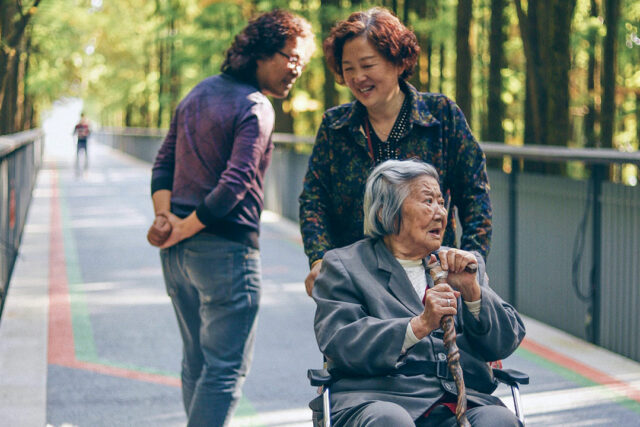Power play

The BAIC B30e Dune combines gas and electric mills, on- and off-road capabilities
By Dylan Afuang
IN THE BAIC B30e Dune, the SUV’s hybridity is evident in two ways: Its use of gasoline-electric power, and the duality of purposes for which the China-headquartered, crossover and SUV-focused brand designed the vehicle.
“United Asia Automotive Group, Inc. (UAAGI), the official distributor of the BAIC brand of SUVs and crossovers, (introduces) the BAIC B30e Dune, (which is) designed for both city drives and off-road adventures,” the distributor announced in its release.
Recently launched in two- and all-wheel-drive variants — with an introductory starting price of P1.488 million (lopping off P100,000 until today) — the B30e Dune is a hybrid-electric vehicle (HEV), the company’s first entry into “one of the fastest-growing segments in the automotive industry,” UAAGI continued.
Conversely, “we (are pitching it) to families and to those who want to go off-roading,” BAIC Sales and Training Manager Matthew Hildawa explained to “Velocity” during an exclusive media preview of the vehicle prior to its public launch.
Mr. Hildawa added that the B30e uses a parallel-hybrid system, which “seamlessly switches among its six energy management modes” for better fuel efficiency.
In such hybrid setups, power is provided solely by one or more electric motors, or by an internal combustion engine (ICE) together with the said motors. Many parallel-hybrid systems automatically choose whether power comes purely electric, from the ICE, or from both. Instead of being charged from the grid, the battery in this system is charged by the ICE.
In B30e Dune 4×4, this version’s 1.5-liter turbo gasoline engine — and electric motors mounted on its front and rear axles, with one powering the rear wheels only when needed — produces a combined output of 403hp and 685Nm of torque. The B30e Dune 4×2 draws 329hp and 550Nm from the same 1.5-liter and front-axle-mounted electric motor.
Front- and all-wheel-drive (AWD) versions share a two-speed dedicated hybrid transmission. While the BAIC official said that the distributor has yet to rate the SUV’s fuel consumption, UAAGI did claim that the B30e 4×4 can “accelerate from zero to 100kph in just 6.9 seconds.”
The B30e AWD features the following seven drive modes to suit one’s driving style and the kind of terrain the vehicle has encountered: Comfort, Sport, Economy, Snow, Sand, Muddy Road, and Wading. The front-wheel-driven counterpart features only the first four modes.
Standard on the SUV are 19-inch alloy wheels and, to better clear the ground, an approach angle of 24.5 degrees, departure angle of 30 degrees, and wading depth of 450mm.
To “ensure (your enjoyment of) a roadside meal or setting up a campsite,” the company boasted, the B30e Dune’s cargo cover can be detached from its mounting to fold into a picnic table. Folding the second-row seats, meanwhile, frees up 1,496 liters of cargo space.
Notable features include a panoramic sunroof, heated and cooled front seats, a 10.25-inch digital driver display, and a 14.6-inch infotainment screen. Safety features are bundled with the Level 2 advanced driver assistance systems suite, and include a 360-degree camera.
UAAGI announced that the B30e and BAIC lineup are available at the brand dealerships in the following locations: Alabang; Marilao, Bulacan; North EDSA; Bacolor, Pampanga; Iloilo; Cagayan de Oro; Zamboanga; and Davao.




